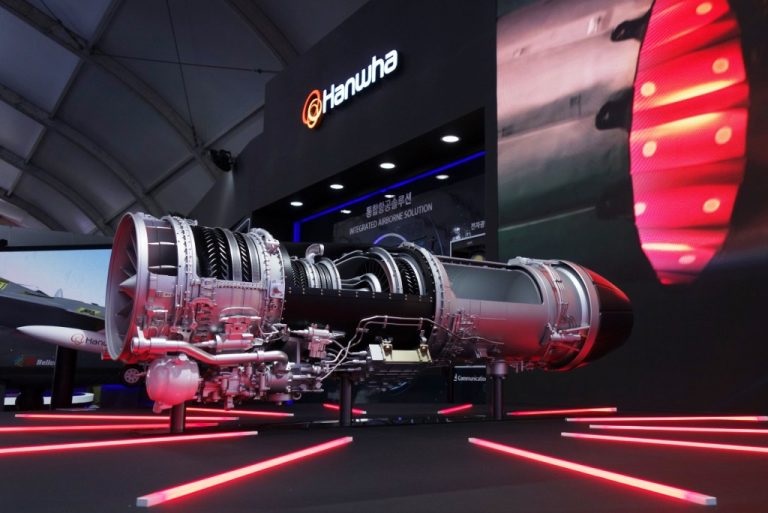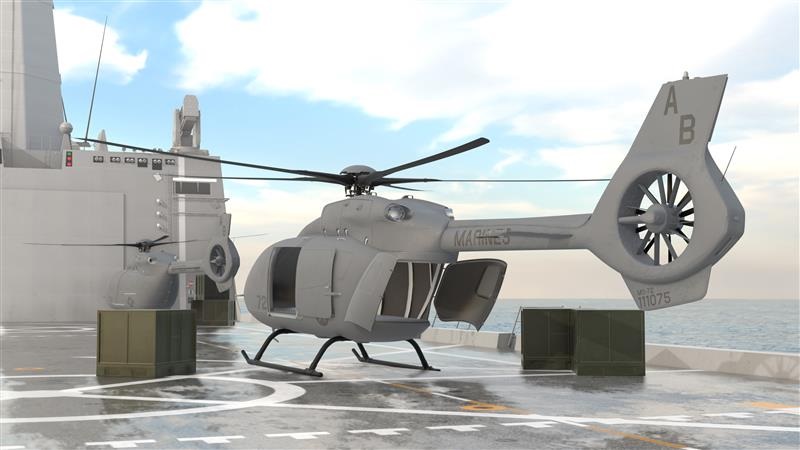Lisa Brown, vice president, Next Generation Interceptor program, Northrop Grumman: “The Northrop Grumman NGI PDR demonstrated our technology, innovation, readiness, and performance. We put actual hardware in the hands of the MDA, backed by a digital representation. Next Generation Interceptor holds global strategic importance, which is why production and manufacturing readiness continues to play a central role in our Next Generation Interceptor solution.”
Wendy Williams, vice president and general manager, launch and missile defense systems, Northrop Grumman: “We are doing everything we can to accelerate our schedule while maintaining the deep technical rigor for which we are known. Northrop Grumman is committed to delivering this crucial capability into the hands of our warfighters as soon as possible, while meeting the key mission requirements.”
Jennifer Gauthier, deputy president, Air & Space Defense Systems for Raytheon: “Our team is building on decades of experience designing and delivering proven exo-atmospheric interceptors. As a part of this review, our high-fidelity simulations demonstrated how Next Generation Interceptor’s multiple kill vehicles will perform in the extreme conditions of space, defeating an increasingly advanced set of missile threats.”
The Northrop Grumman NGI solution will provide enhanced technical capabilities that would be used to defend the U.S. homeland from Intercontinental Ballistic Missile (ICBM) threats as part of the Ground-Based Midcourse Defense (GMD) system. The team has built and tested key components of our Next Generation Interceptor solution, ahead of customer timelines.
The Northrop Grumman team, along with Raytheon, is implementing advanced digital engineering techniques to reduce the time needed to advance the design through phases of maturity and reach operational capability as quickly as possible.
Following the successful completion of PDR, Northrop Grumman will continue maturing its NGI design on the path to its Critical Design Review, which is expected to be completed ahead of schedule. The first operational Next Generation Interceptor is forecast to be deployed as early as 2027.
























